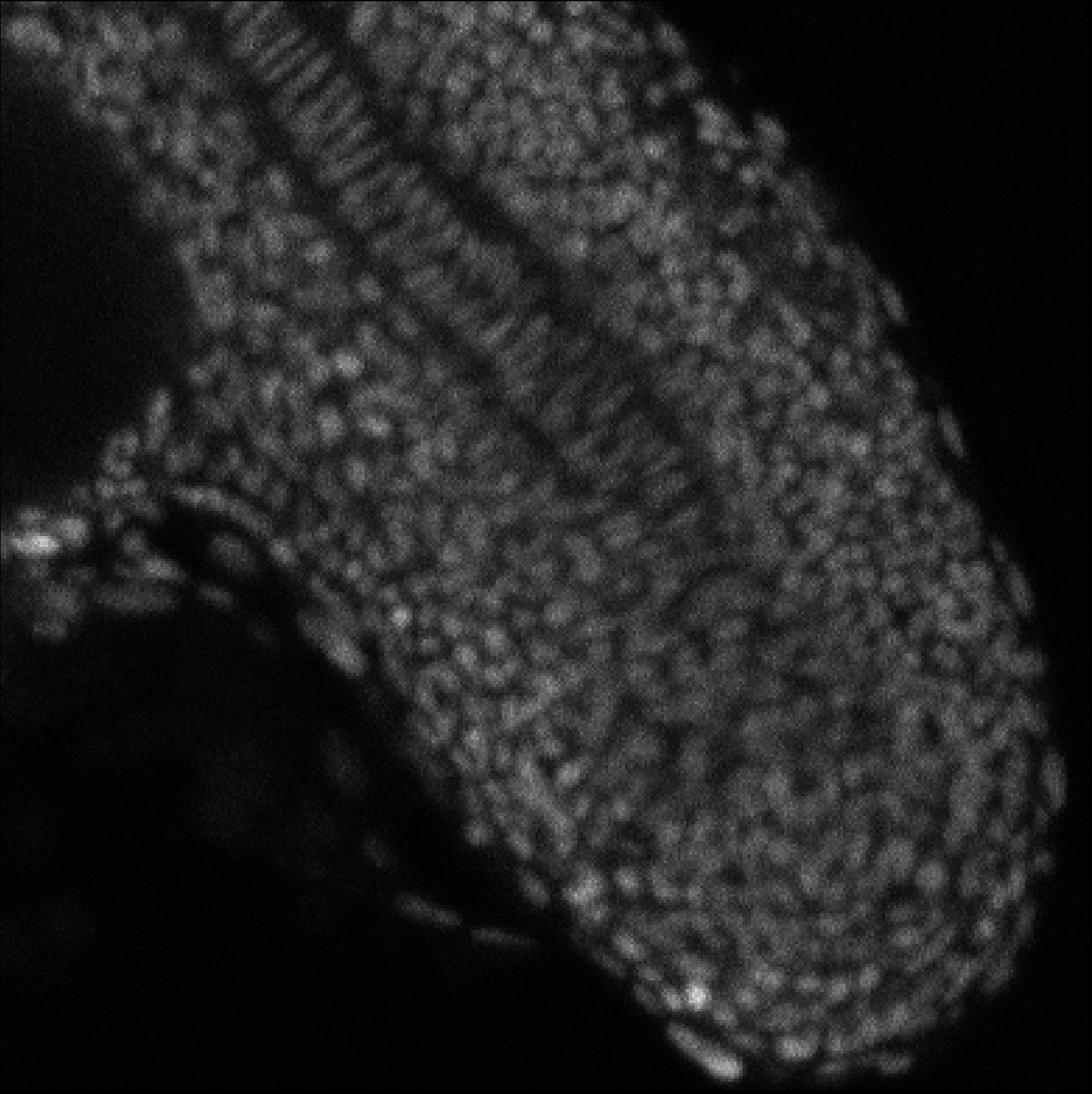📣New tutorial on how to use #Aydin — our easy-to-use and performant image #denoiser. We use one of our favorite test images: 'New York'. We go through different algorithms included in #Aydin and show how to use them, and how to set their parameters:
royerlab.github.io/aydin/use_case…
1/n
royerlab.github.io/aydin/use_case…
1/n

The question is how well can we denoise this image in the absence of any prior knowledge, ground-truth, or any other training images? Below is a crop with and without noise. Notice that the original image has lost of details: regular grids for windows, roof textures, etc...
2/n

2/n


We go through several algorithms, some only accessible through the new 'advanced mode'. If you like to tune parameters, be careful for what you wish for... We have a LOT of parameters in advanced mode...
3/n

3/n


Below are crops of the noisy image denoised with: dct denoising, learned dictionary denoising, 'spectral' denoising, tv-denoising. All are OK, but not particularly impressive. Lots of artefacts and a lack of (accurate) detail.
4/n



4/n




The denoisers used above are 'classics' and thus predate the 'deep learning' wave, but are augmented with Noise2Self automatic parameter tuning. CNN based denoisers do not fare much better (see below), they do denoise but over-blur and fail with details.
5/n
5/n

Which is OK if your images are 'band-limited' i.e. lack detail because of a relatively extent system point spread function, but less so if your actually have a lot of details in your images that you want to retain.
Enter our Noise2Self-FGR-* family of denoisers!
6/n


Enter our Noise2Self-FGR-* family of denoisers!
6/n



Above you can see: ground truth, noisy, and denoised with n2s-fgr-cb . Pay attention to the details, for example the white pyramidal roof has a a faint periodic structure that is barely noticeable in the noisy image but that is well recovered.
7/n
7/n
Also, if you look carefully at some of the uniform regions in the image (below left), e.g. the horizon at the top, there are very few artefacts and no hallucinations -- that's hard to do! compare with CNN based denoising (n2s-unet, below right).
8/n

8/n


You can get the standalone, easy to install #Aydin Studio app (also called 'bundle') here:
royerlab.github.io/aydin/getting_…
or use the command line interface or pip installable package if you are a #python aficionado...
9/n
royerlab.github.io/aydin/getting_…
or use the command line interface or pip installable package if you are a #python aficionado...
9/n

We have more (biological) use-cases and generic tutorials that we keep adding regularly:
use cases:
royerlab.github.io/aydin/use_case…
tutorials:
royerlab.github.io/aydin/tutorial…
10/n
use cases:
royerlab.github.io/aydin/use_case…
tutorials:
royerlab.github.io/aydin/tutorial…
10/n

We hope that you will find Aydin usefull for your work! If you have any issues, contact us on image.sc:
@_ahmetcansolak will be happy to help you!
forum.image.sc/tag/aydin
11/n
@_ahmetcansolak will be happy to help you!
forum.image.sc/tag/aydin
11/n

• • •
Missing some Tweet in this thread? You can try to
force a refresh









